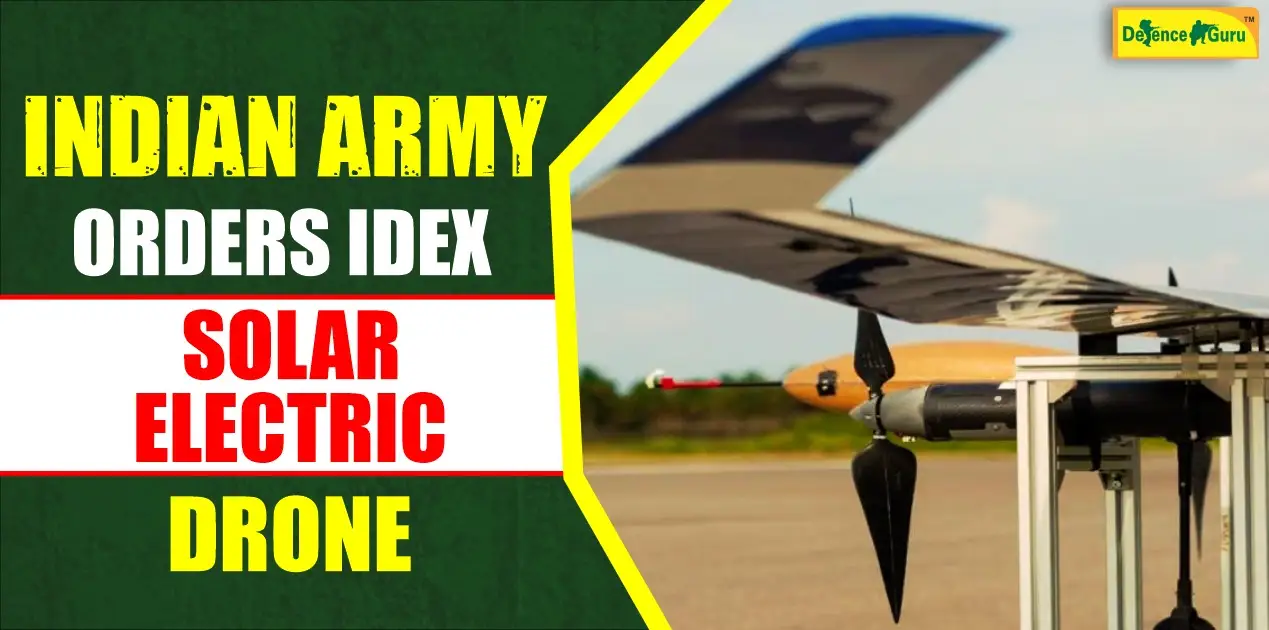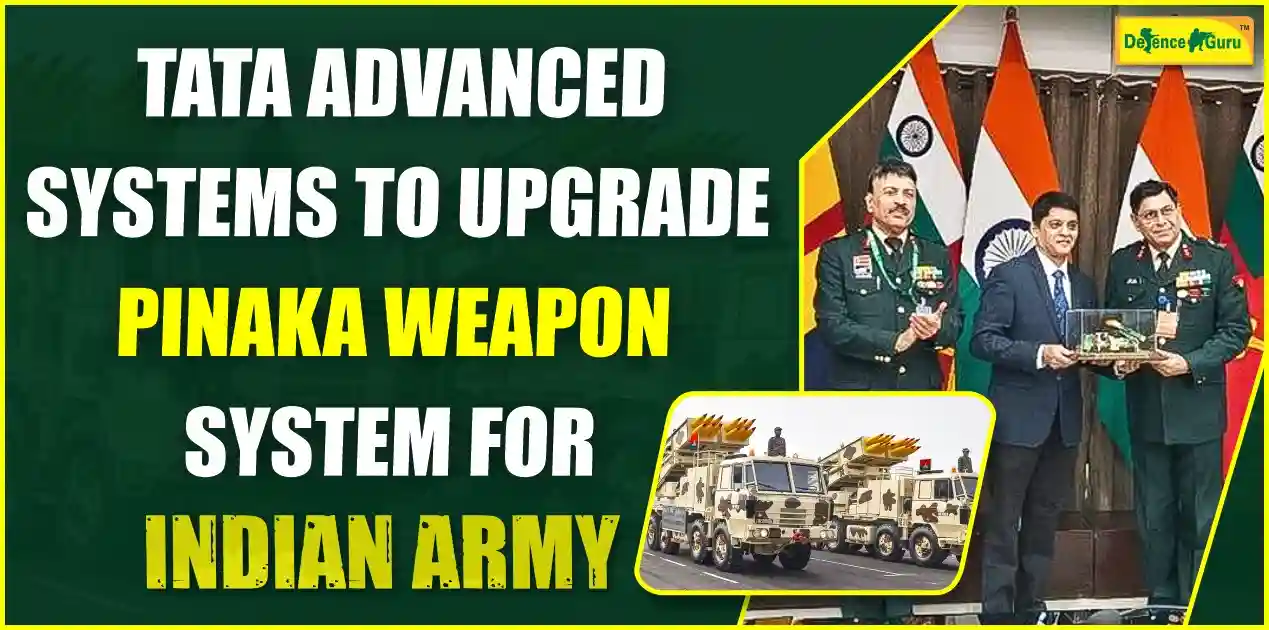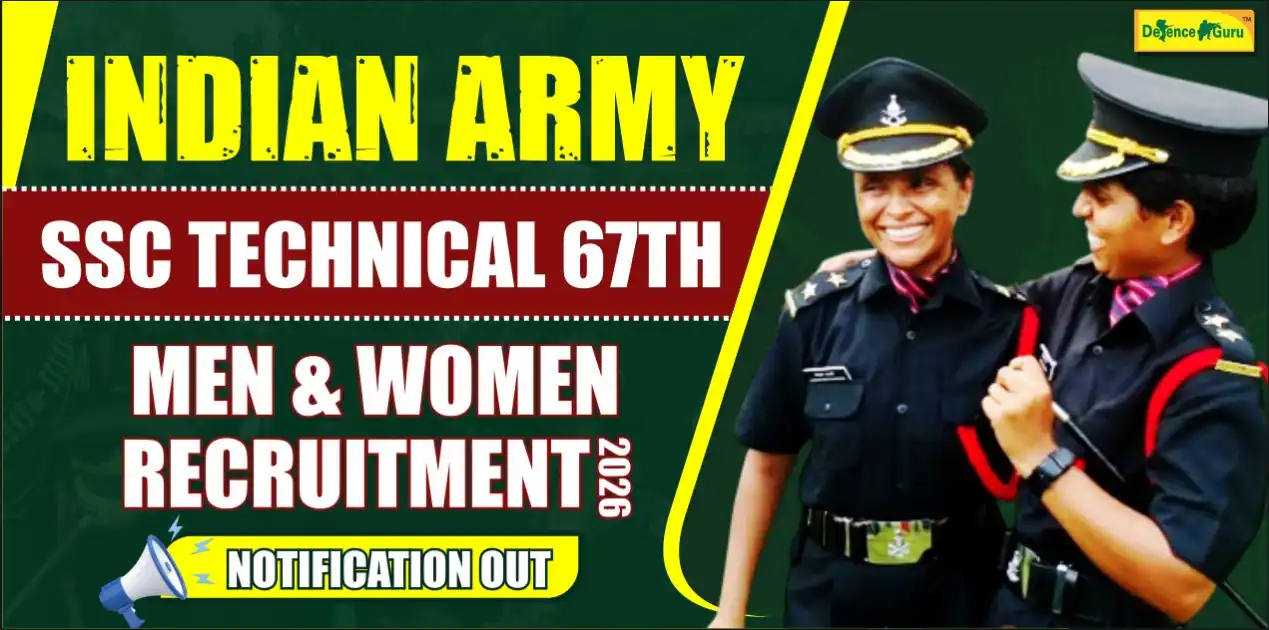India’s Defence and Modernization Highlights – 2025
Stay updated with the most significant developments in India's defence sector in 2025. This blog covers the latest defence deals, strategic military partnerships, and key modernization programs shaping the future of the Indian Armed Forces. From cutting-edge technology acquisitions to indigenous defence production and global collaborations, explore how India is strengthening its defence capabilities to address emerging security challenges. A must-read for defence enthusiasts, aspirants, and policy observers.
Ministry of Defence Declares 2025 as the ‘Year of Reforms’
Minister of Defence Shri Rajnath Singh chaired a high-level meeting with all defence ministry secretaries to review the progress of various schemes and projects. In a major announcement, 2025 has been declared the year of reforms for the Ministry of Defence. The goal is to modernise the Indian armed forces into a technologically advanced, combat-ready force capable of multi-domain operations, including land, sea, air, cyber and space.
Key Focus Areas for Reform in 2025
1. Integrated Theatre Commands (ITCs):
The armed forces will push for greater jointness and integration by establishing integrated theatre commands. These are unified commands where personnel and assets of the army, navy and Airforce will operate together in specific geographical areas. The aim is better coordination and faster decision-making during operations.
2. Focus on New Warfronts: Cyber, Space & AI:
the character of warfare is changing. The wars of the future will be fought in cyberspace, space and with assistance from artificial intelligence, machine learning and robotics. Hence, reforms will encompass training, capability development and procurement of technologies such as AI-based drones, electromagnetic weapons, and anti-satellite missiles.
3. Simplified Defence Acquisitions:
To make the military modernisation process quick and efficient, acquisition processes will be streamlined and accelerated. This will enable the armed forces to receive essential weapons and systems in a timely manner.
4. Technology Transfer and Public-Private Partnerships (PPPs):
Every effort will be made to promote cooperation among the defence industry, start-ups and the military, ease of doing business in defence and transfer of technology from the public to the private sector will be emphasised.
5. Collaboration and Breaking Silos:
Reforms will facilitate improved civil-military cooperation. Training and combined planning between services will enable a common appreciation of operational requirements, ministries, defence industries and research institutions will also cooperate more intensively.
6. Boosting Defence Exports and R&D:
India aims to become a global exporter of defence products. To support this, the government will promote Research & Development (R&D), as well as partnerships between Indian companies and foreign Original Equipment Manufacturers (OEMs).
7. Veteran Welfare:
The reforms will ensure better welfare measures for veterans while using their expertise in training and advisory roles.
8. Indian Culture and Indigenous Strength:
The Armed Forces will be encouraged to take pride in Indian values and indigenous technology. At the same time, they will learn and adopt best practices from other modern militaries that fit India’s context.
Frontier Technologies in Warfare
Raksha Mantri emphasized that mastering frontier technologies is essential for India’s security. These technologies are changing how wars are fought:
- AI-Based Warfare: AI tools can help in making battlefield decisions such as selecting targets and minimizing collateral damage. AI-powered drones and smart weapons are examples.
- Electromagnetic Warfare: This involves using electromagnetic energy to disrupt enemy communications, radars, and weapons systems.
- Space Warfare: It includes both physical attacks (like Anti-Satellite weapons) and non-physical ones (like jamming satellites).
- Cyber Attacks: These can damage national security by hacking into critical systems. For example, the Kudankulam Nuclear Plant faced a suspected cyber-attack in 2019.
Challenges with Frontier Technologies
Despite their advantages, these technologies raise concerns:
- Global Security Risks: Advanced tech in the hands of non-state actors can destabilize international peace.
- Legal Vacuum: There are no global rules on the use of AI or space weapons in war.
- Dual-Use Dilemma: Technologies made for peaceful use can be used in warfare.
- Ethical Concerns: AI decisions in war may have biases, and it's hard to fix accountability when machines go wrong.
Indian Cybercrime Coordination Centre (I4C)
To fight cybercrimes, the Union Finance Minister has urged banks to link with I4C for quick action on online frauds.
What is I4C?
Set up by the Ministry of Home Affairs, i4c helps in coordinating and monitoring cybercrime, especially those targeting women and children. It supports police training, trend analysis and public awareness.
Pig-Butchering Scam
The 2023–24 report by the Ministry of Home Affairs highlights the Pig-Butchering Scam – a major investment fraud.
What is it?
Victims are lured into fake investments over time and lose large sums before the scammer disappears. The name comes from the process of fattening the victim before the final blow. Many unemployed youth and housewives fall prey to this team.
Naval Strength: Indigenous Warships Commissioned
In a historic move, India commissioned three Indigenous naval combatants together:
- INS Surat – The 4th ship under Project 15B (Guided Missile Destroyer).
- INS Nilgiri – The 1st ship under Project 17A (Stealth Frigate).
- INS Vaghsheer – The 6th submarine of Project 75 (Kalvari-class, based on French Scorpene design).
India’s Naval Indigenisation Efforts:
- Maritime Capability Perspective Plan: Aim for 200 ships by 2027.
- Make in India: 39 out of 40 ships added in the last decade were built in Indian shipyards.
- R&D Projects: Includes Samudrayaan for underwater research and autonomous naval systems.
Missile Systems and Technological Advances
1. Nag Mk-2 Anti-Tank Guided Missile (ATGM):
Developed by DRDO, this third-generation missile uses infrared imaging (IIR) to lock targets and destroy modern tanks even at night.
2. Bhargavastra Micro-Missile System:
Designed to counter swarm drone attacks, this system can track and destroy up to 64 drones simultaneously from over 6 km away.
3. Pralay Missile:
A short-range, surface-to-surface ballistic missile developed by DRDO. It has a range of 150–500 km and is equipped with advanced guidance and navigation systems.
4. Pinaka Rocket System:
A multi-barrel rocket launcher system with a strike range of 75 km. It provides quick and accurate artillery fire during combat.
India Joins Eurodrone Programme
India has joined the Eurodrone programme as an observer. This European drone initiative is led by Germany, France, Italy and Spain and involves high-end, medium altitude, long endurance UAVs for intelligence and surveillance missions.
SANJAY System – Battlefield Surveillance
The defence minister recently launched SANJAY, a Battlefield Surveillance System developed jointly by the Indian army and Bharat Electronics Ltd.
Purpose:
To provide a real-time picture of the battlefield by integrating data from ground and aerial sensors using army data and satellite communication networks. It aligns with the Aatmanirbhar Bharat Initiative.
The declaration of 2025 as the year of reforms is a major step towards transforming India’s defence sector. The focus on jointness, emerging technologies, indigenisation, cyber safety and defence exports will ensure that India is well prepared for 21st-century warfare. With stronger integration, simplified acquisitions, veteran welfare and pride in national innovations, the armed forces are on a valuable path to becoming future-ready and globally respected.
Read more:
LCH Prachand to Get Indigenous Electronic Warfare Suite Developed by DRDO
Indian Coast Guard Inducts Adamya, First Advanced Patrol Vessel

















